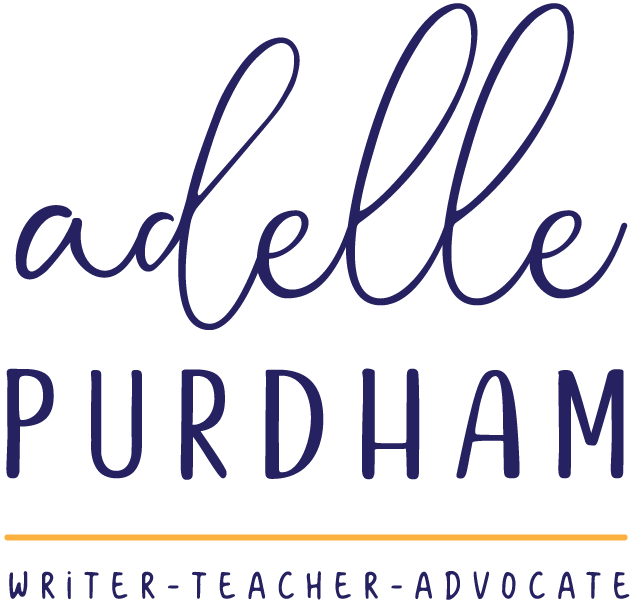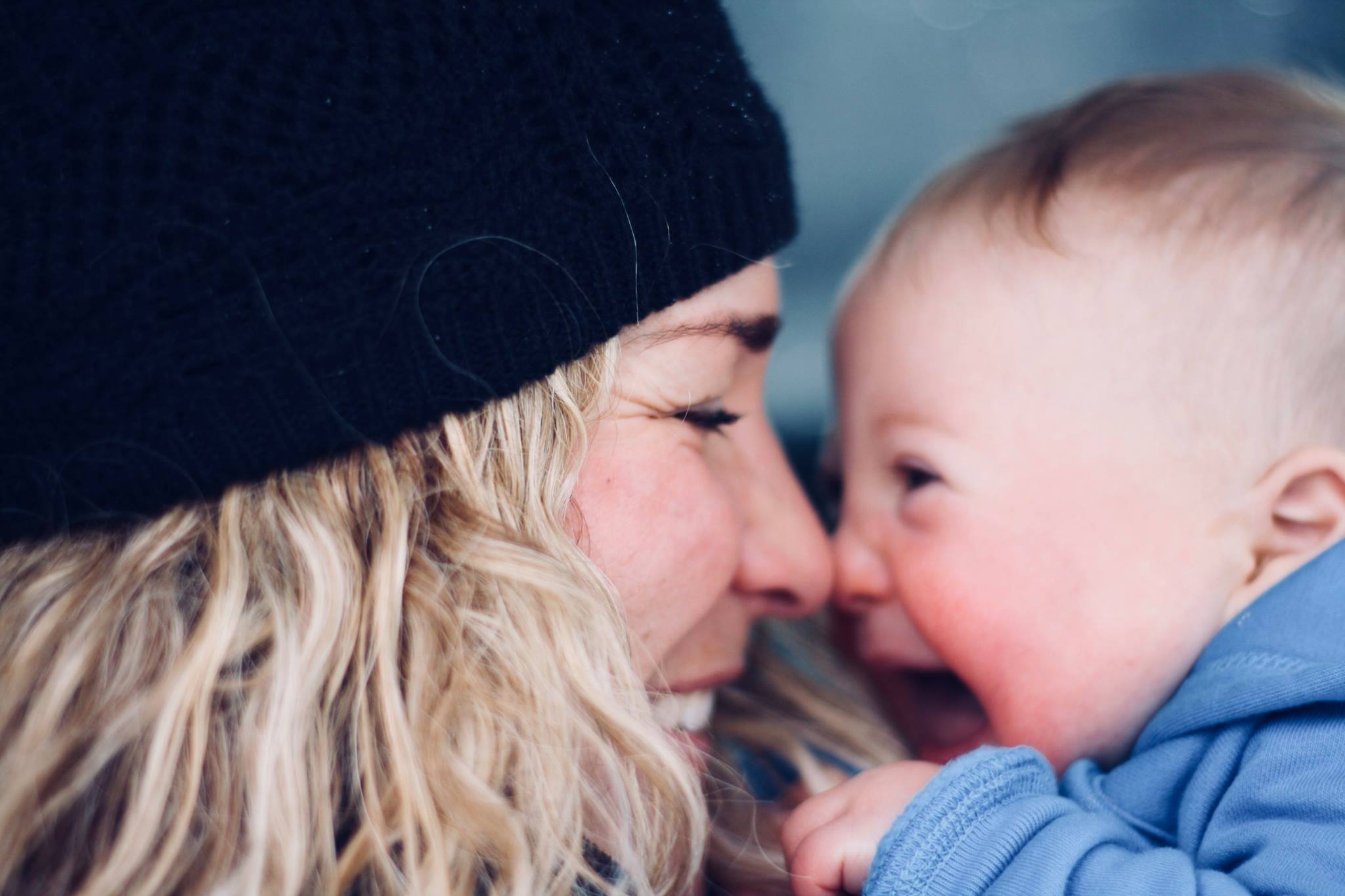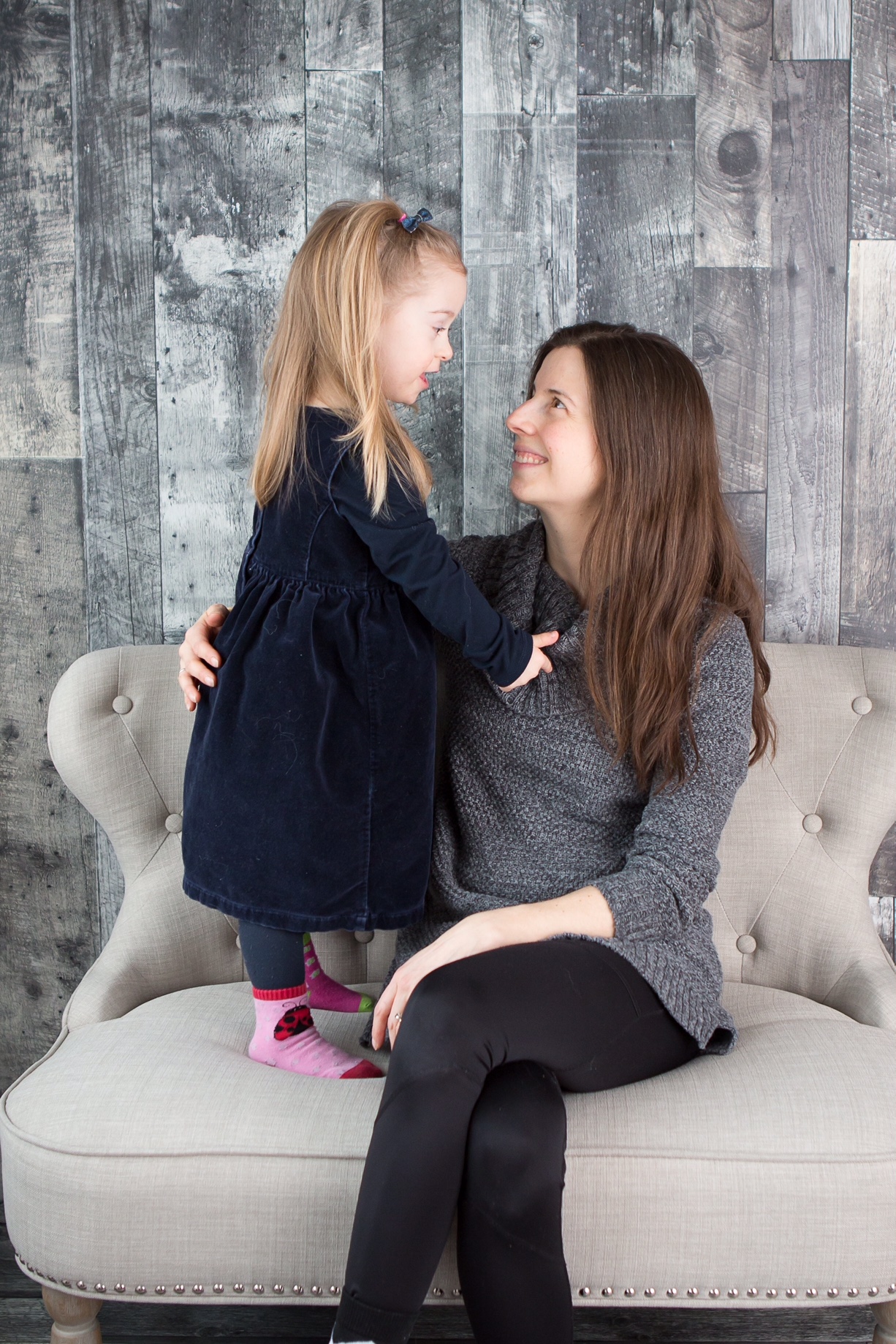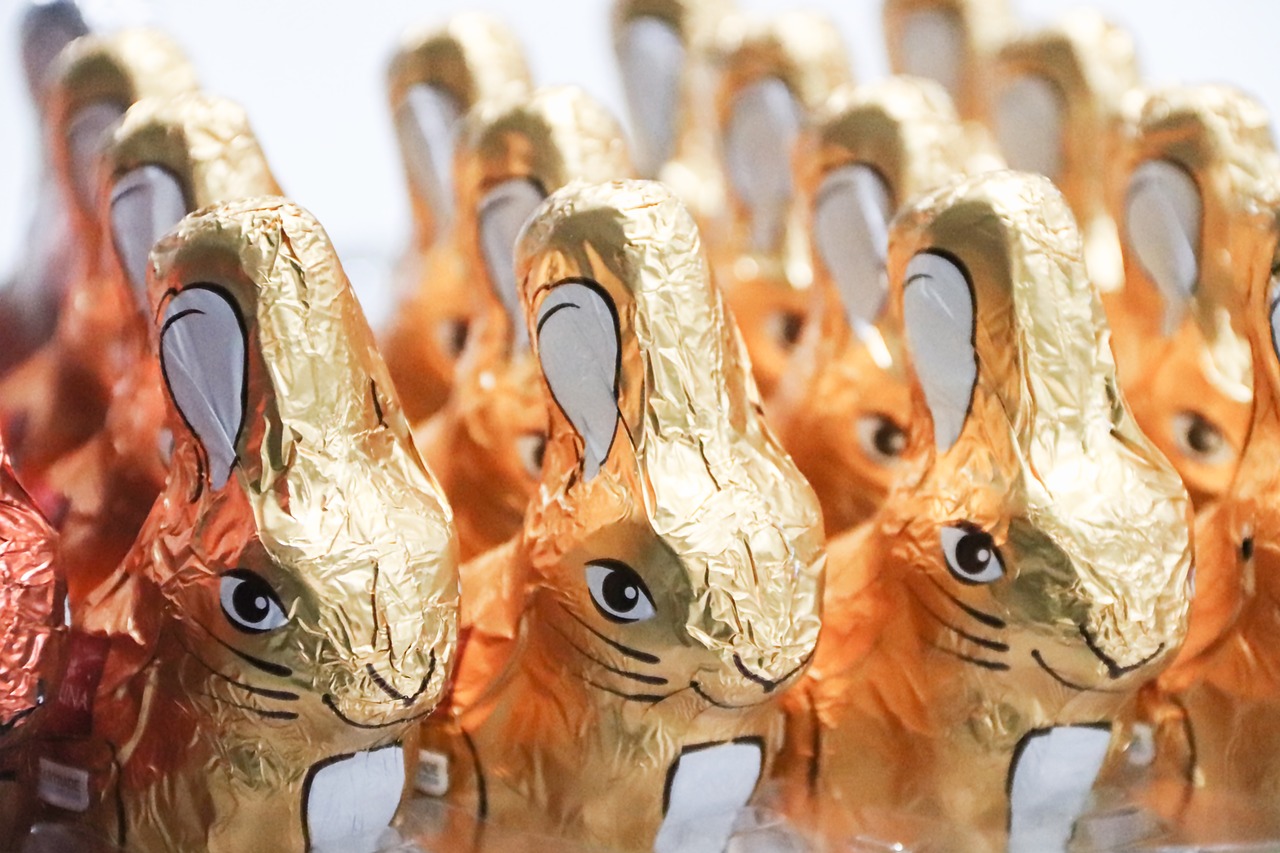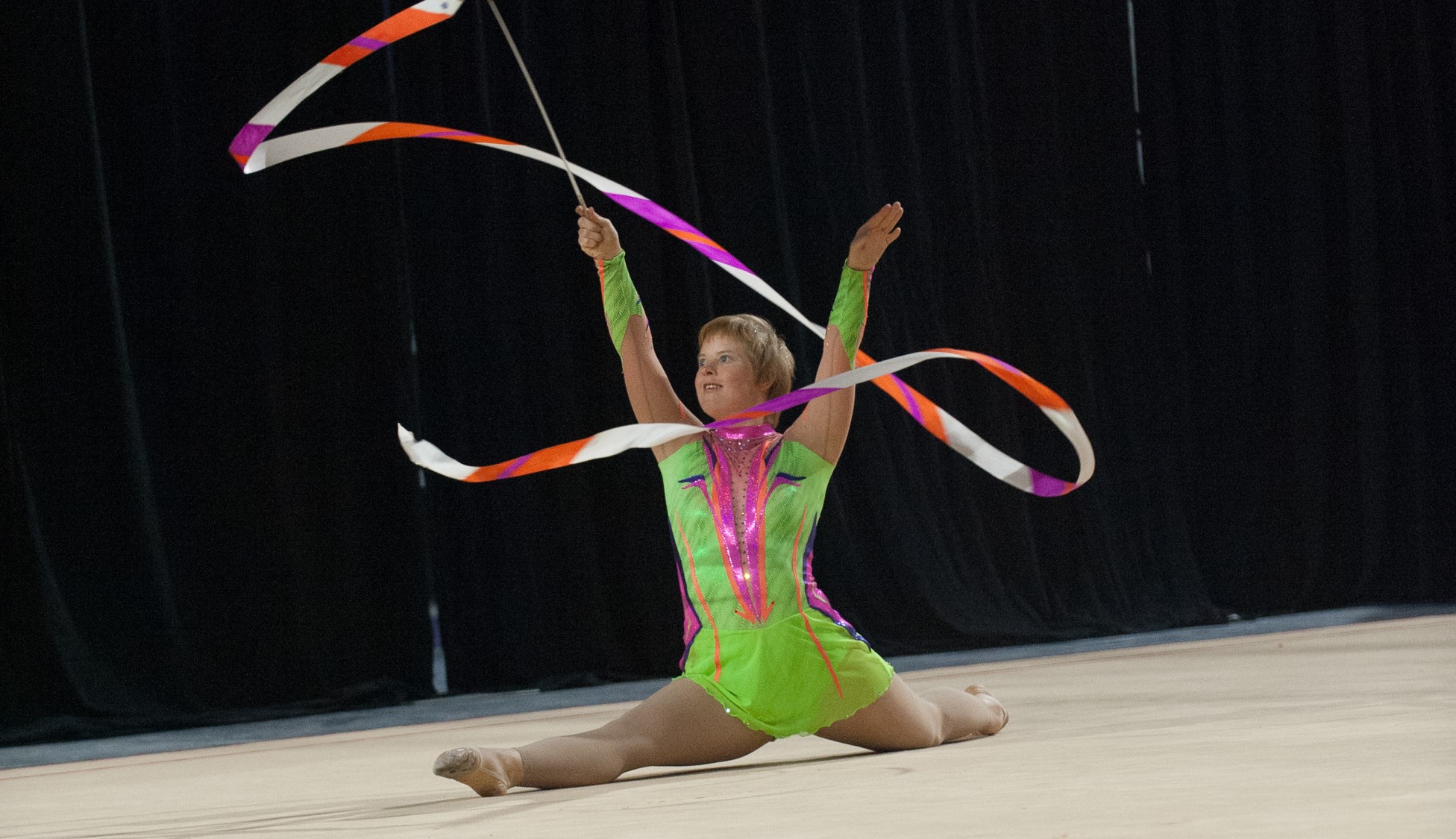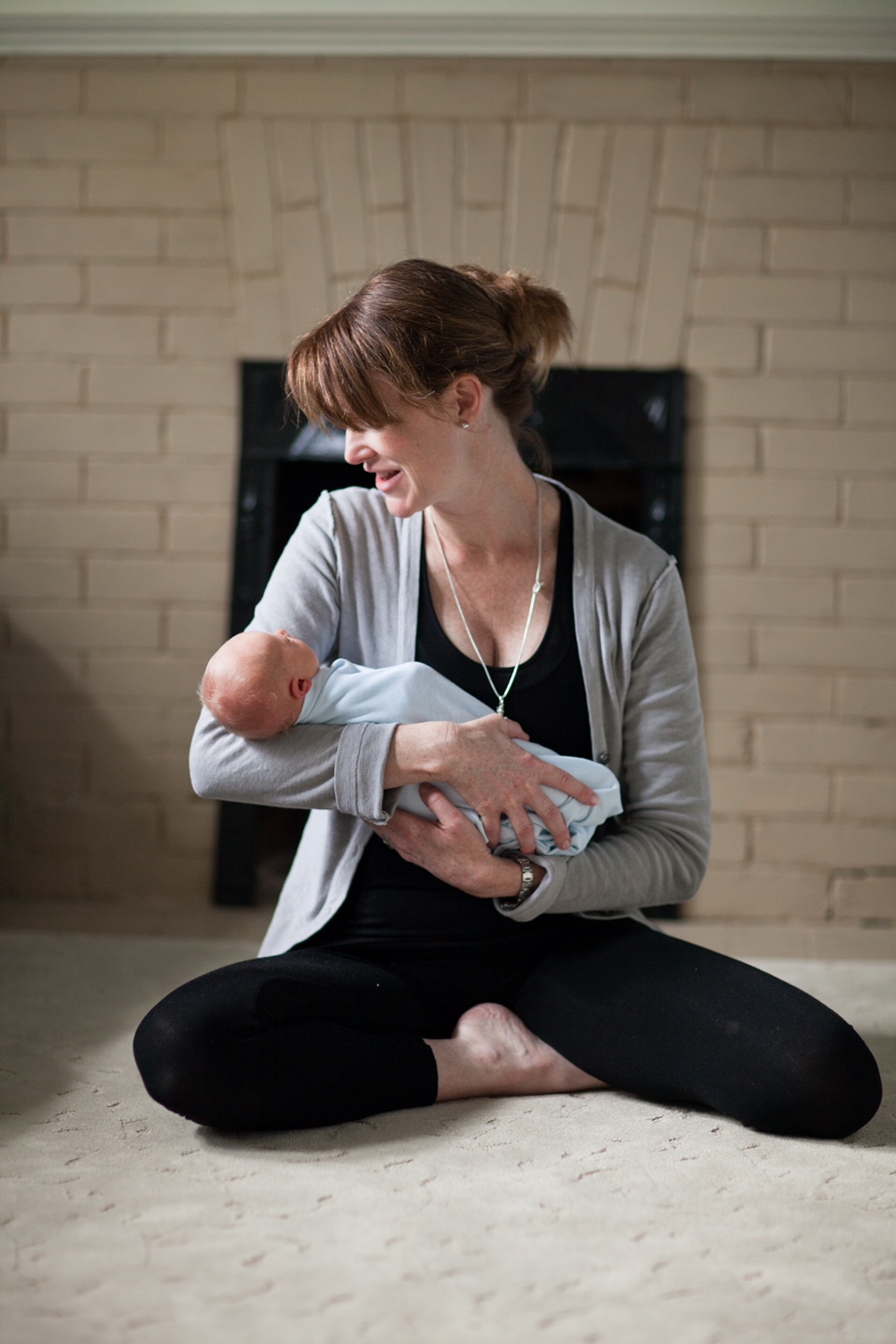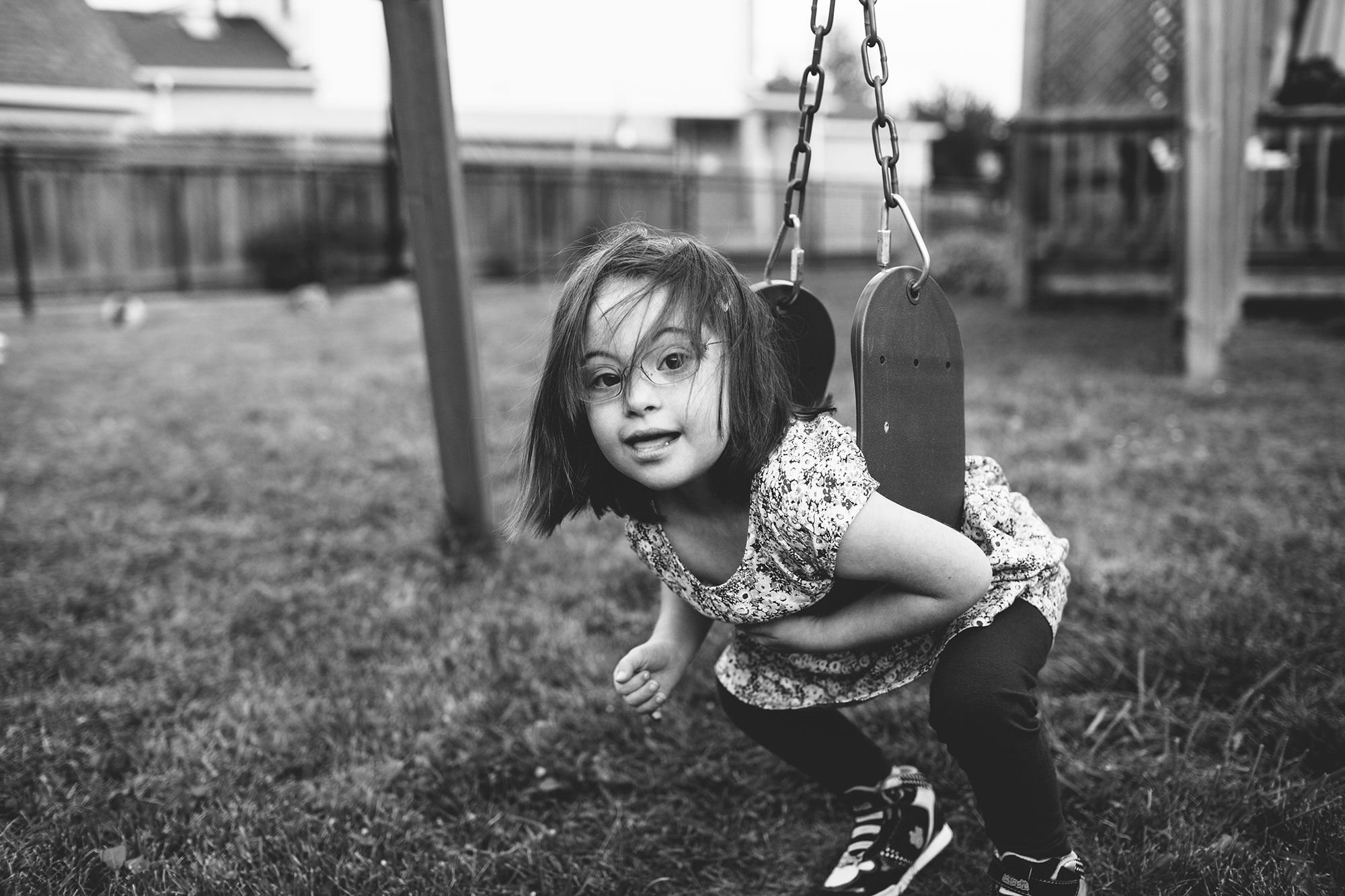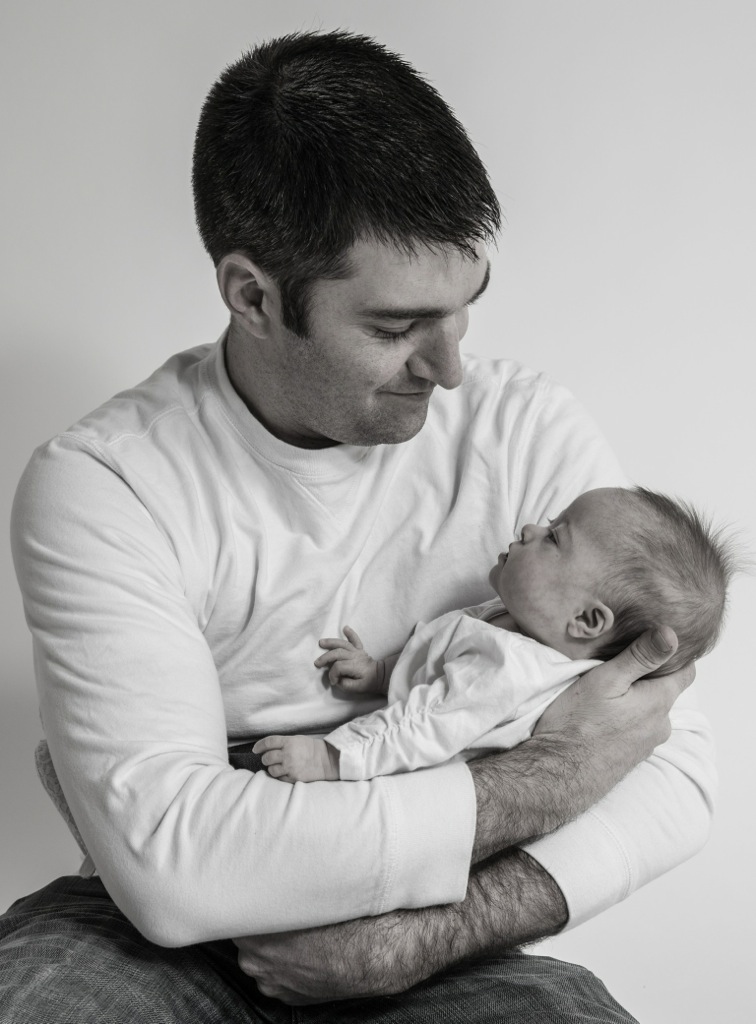Third (and final!) Chapter. A year ago today I was wishing I hadn’t waited so long. I was regretting my foolish pride, and the idea that I knew enough about labour to know when I was in the thick of it. I cried in the driveway, saying goodbye to your brothers, and falling into your Daddy’s arms, worrying that, against my midwives’ requests, that I would be delivering a baby on the side of the highway in the middle of winter. Your Auntie Sam and Nana promised me we would make it, and they were right. We JUST made it.
Minutes after arriving I was in a gown, and they were calling for backup and asking me not to push. But you, my sweet prince, were not going to wait for anyone. You knew where you were headed, and were ready to get there. Mere minutes after arriving on the maternity ward, the midwives placed you in my arms for the first time, and all was right in the world. You were our biggest little bundle, all blotchy and swollen, and I stared at you for hours, soaking in every crease and wrinkle on your sweet face. You have hands like Papa, bear paws, which even as a newborn looked so strong and secure. I was in awe of your strength the first time you reached out and grabbed my finger, strength that I still admire everyday as you continue to move mountains. Our people were there within minutes to shower you with hugs and marvel in your glory. Your brothers kissed your soft cheeks and wanted to be the first to hold you, sing to you, and show you their Spiderman toys. They loved you the minute they saw you, and have promised more times than I could count that they will protect you, support you, and love you forever.
Our first day home, I laid in bed with my four boys and cried. Hormones and fears took over my emotions, and as if he could read my mind, Henry said “he’s just so perfect, Mom, I can’t believe that he’s our baby”. And for a brief, but tremendously powerful moment, I knew that he was right. Those words echoed in my head while I stared at your sweet little face, in awe of your beauty, and filled with wonder about how you looked so different than your brothers in their first days. I spent hours laying in bed, inspecting every inch of you, tiny curved pinkies, adorable gaps between your toes, and long and defined creases across your little palms. And finally I said the words out loud, and then a midwife said them out loud, and then a doctor, and then they became a part of us. A part of us that first brought fear of the unknown, but now brings great pride and joy.
We were passengers on a roller coaster of emotions for the next few weeks, but through it all, we held you tight, watched you grow, and felt our tribe welcome us in with open arms and open hearts. I felt comfort watching your brothers hug and kiss and entertain you; I felt excited listened to Papa telling you about boat rides at the cottage and how you could sit on his knee and take a turn being the captain. I felt at peace when tears slid down my cheeks after coming home from the grocery store and seeing you sleeping peacefully on Nana’s chest while she read, or hearing Daddy singing you James Taylor from across the room. These moments, all of these moments and so many more, reminded me that we were exactly where we were meant to be, and who we were meant to be. Life with three under five can be crazy, and we had good days and tough ones. We got busy; birthday season was upon us, the days felt long, but the weeks short, and then before we knew it, spring had sprung and we were able to get outside and feel the light upon our faces again. It felt warm and familiar, and reminded us how lucky we are to have three beautiful boys to share our life with.
You, my sweet Duncan, were the perfect baby. You slept, you nursed, you smiled your sweet and infectious smile, you babbled, and you made the world, our world, fall in love with you. The past year has been the best of my life because you and your amazing brothers were in it; because now our family is complete, and because I could not have asked for a sweeter, happier, or kinder soul to share our lives with. You are easy to love, and impossible to forget. You touch the lives of those around us with your cheerful smile that shines so bright it lights up a room, and so warm it makes me feel like I could hug you forever and it would never be enough. Thank you for reaching out for me when I enter a room, I’ll never get over how amazing it is to feel your love. Thank you for smiling your biggest smile when Daddy, or your brothers, or Atti, or Izzy do something silly. Thank you for amazing us every day with your strength and determination. Thank you for cuddling into my shoulder and rubbing your cheeks against mine, and thank you for your sweet slobbery kisses. Thank you for loving books the way I do, and for loving music like Daddy does. Thank you for hugging your brothers when they need it, no one brings them comfort and makes them happy the way you do. Thank you for making me feel complete. Thank you for choosing us. Dunc, you are special. You are brave. You are strong. You are wonderful. You make us so proud. And I love you today, tomorrow, and forever with all my heart.
Kim Reid is a mother of boys, lover of learning, happiness enthusiast, and proud member of the Down syndrome community (our sweet baby boy, number 3/3 has T21). Our boys keep our hearts, our schedules and our laundry hampers full, and continuously inspire us to run fast enough to keep up, while living slow enough to appreciate the beauty in the little things.
